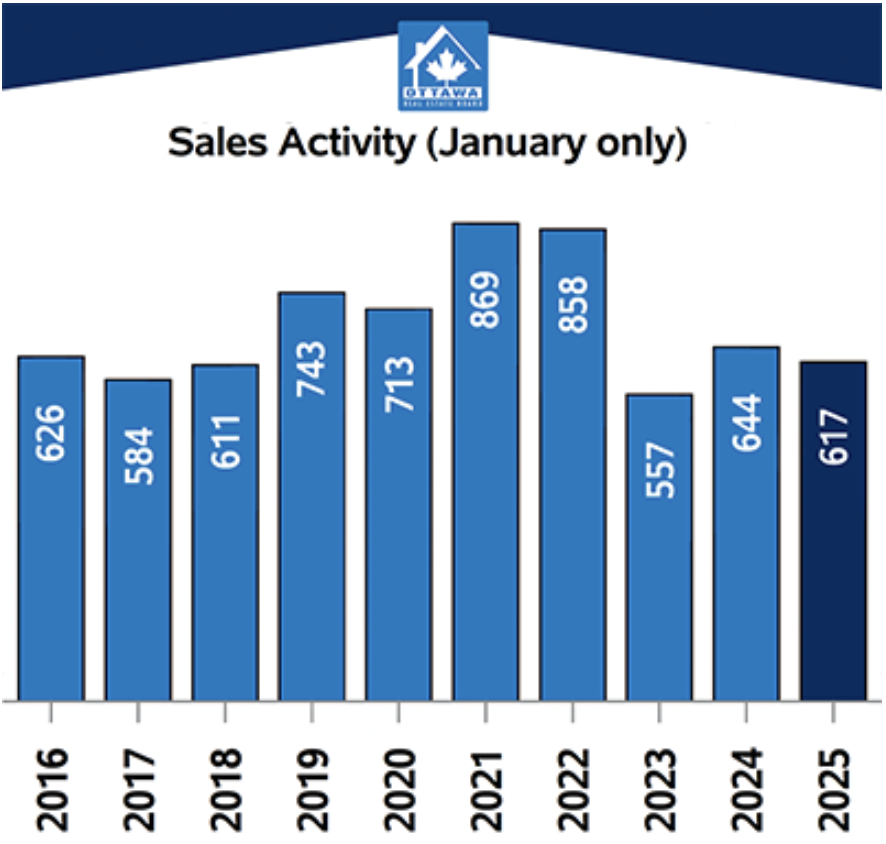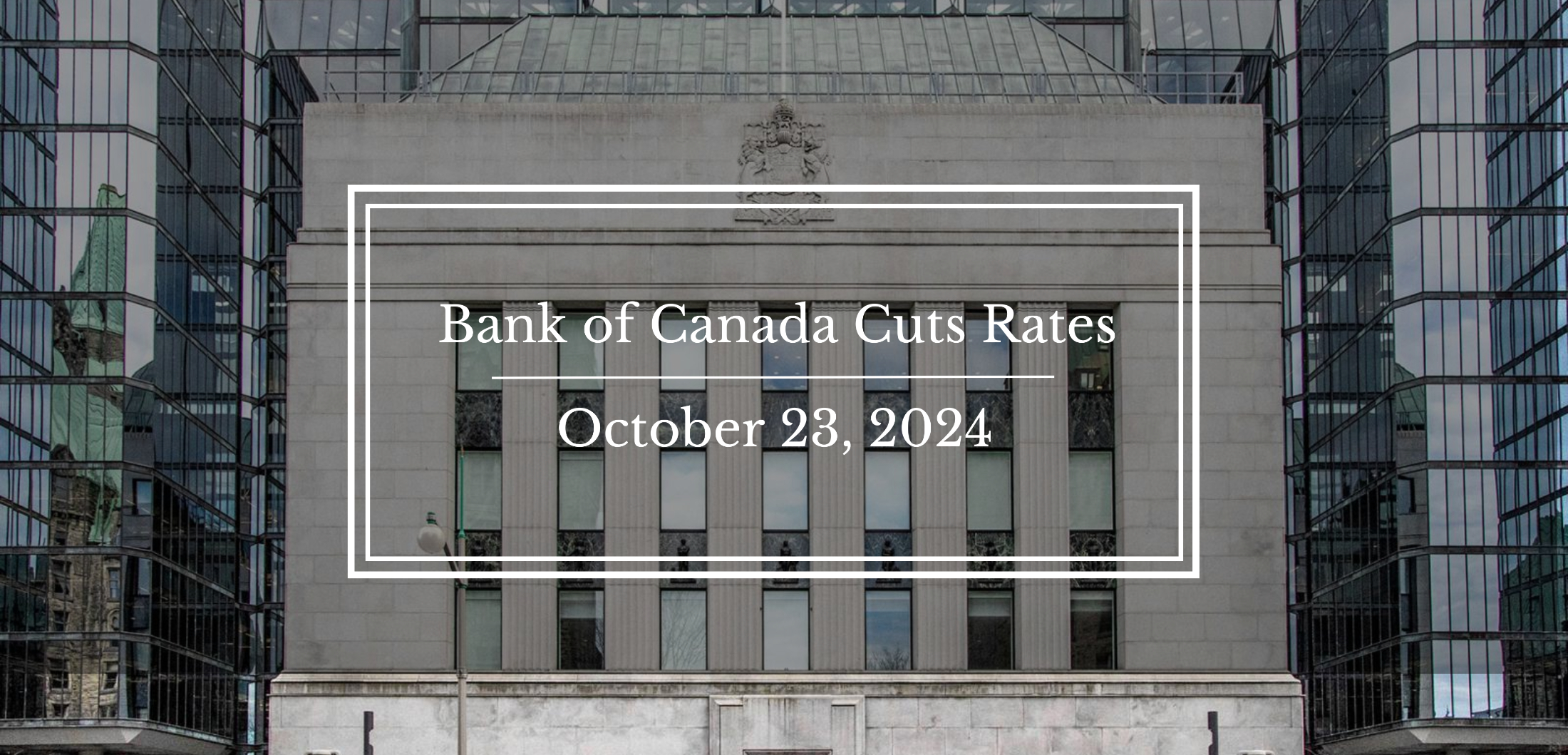When purchasing a home in Ontario, it’s easy to focus on the down payment and mortgage without considering other hidden costs. However, these additional expenses can add up quickly and significantly impact your budget. Whether you're a first-time homebuyer or have experience in the real estate market, it’s essential to be aware of the various costs involved in the process. Here’s a breakdown of the most common hidden costs associated with buying a home in Ontario.
1. Land Transfer Tax
One of the largest additional costs in Ontario is the land transfer tax. This tax is based on the home's purchase price and is paid to the province, and in the case of Toronto, an additional municipal tax applies.
For example, for a home priced at $700,000, the land transfer tax would be calculated as follows:
0.5% on the first $55,000 = $275
1.0% on the next $195,000 = $1,950
1.5% on the next $400,000 = $6,000
2.0% on the remaining $50,000 = $1,000
Total provincial tax = $9,225
If you are purchasing in Toronto, there would be an additional municipal tax of $9,225, making the total land transfer tax $18,450.
First-time buyers may be eligible for a rebate, which can reduce the provincial tax by up to $4,000. Always check for rebates that may apply based on your specific situation.
2. Legal Fees
When you purchase a home, you'll need to hire a lawyer to handle title transfers, review contracts, and ensure the property is properly registered. Legal fees typically range from $1,500–$3,000, depending on the complexity of the transaction. Keep in mind that if your transaction is more complicated, for example, involving a private sale or a special agreement, the fees could be on the higher end.
3. Title Insurance
Title insurance is a one-time fee that protects you against title-related issues such as fraud, errors in the public record, or disputes over property ownership. It typically costs between $350–$600 and can offer peace of mind in case of any unforeseen issues with the property’s title.
4. Home Inspection
A home inspection is an optional but highly recommended step in the home-buying process. It allows you to assess the property’s condition and uncover potential issues that may not be immediately visible. Home inspections typically range from $300 to $750, depending on the size of the property. For larger homes, the cost can be higher.
In addition to a general home inspection, you might want to consider additional specialized inspections, such as for septic systems, wells, or mold. These inspections can cost anywhere from $300 to $1,000 or more, depending on the property’s needs.
5. Appraisal Fee
Lenders typically require an appraisal to confirm the value of the property. This is an essential step for securing your mortgage. The average cost of an appraisal in Ontario ranges from $500 to $700, and this cost is usually borne by the buyer.
6. Property Taxes Adjustment
If the seller has already paid property taxes for the year, you may need to reimburse them for the portion of taxes that applies after your closing date. For example, if the seller has prepaid $7,000 in property taxes and you close mid-year, you would owe approximately $3,500.
7. Mortgage Insurance
If your down payment is less than 20%, CMHC insurance is mandatory. This insurance protects the lender in case you default on your loan. The cost of mortgage insurance depends on your down payment amount and the size of your mortgage. For a home priced at $700,000 with a 10% down payment, this cost could be $21,168, which would be added to your mortgage principal.
8. Moving Costs
Moving costs can vary greatly depending on the distance and services you require. For a local move, professional movers may charge between $1,000 to $1,500 for a single-family home, while a DIY move with a truck rental could cost between $200 to $400. Long-distance moves or additional services, such as packing, may increase costs.
9. Utility Hookups and Adjustments
When moving into your new home, you’ll need to set up utilities such as hydro, gas, water, and internet. Utility hook-up fees in Ontario can range from $30 to $150 depending on the service provider and the specific utility. If you’re moving into a home that’s been vacant for a while, you may also need to pay for reconnection or activation services.
10. Condo Fees
If you’re purchasing a condominium, you may need to pay a prorated portion of the monthly condo fees at closing. For example, if the condo fees are $400 per month, and you close mid-month, you may owe around $200 for the rest of the month. Condo fees vary widely based on the amenities and services provided by the building.
11. HST on New Builds
Unlike resale homes, new builds in Ontario are subject to HST (13%). For a new home priced at $700,000, HST would add an additional $91,000 to the cost. However, you may be eligible for an HST rebate if your new home costs under $450,000 or if you're a first-time homebuyer. Make sure to confirm whether the HST is included in the purchase price or if it will be added on top of it.
Budgeting for a Smooth Home Buying Experience
While the down payment is often the primary focus of most homebuyers, it’s important not to overlook these hidden costs. From legal fees and property taxes to mortgage insurance and utility hook-ups, these additional expenses can quickly add up and affect your overall budget.
Planning ahead and budgeting for these costs will help ensure a smoother and more predictable home-buying experience. Consider working with a knowledgeable real estate agent or financial advisor to better understand these costs and manage your finances effectively.
Ready to buy your dream home? Take the time to research these hidden costs and set your budget accordingly—so you can move in with confidence and avoid any financial surprises along the way.






















.png)
